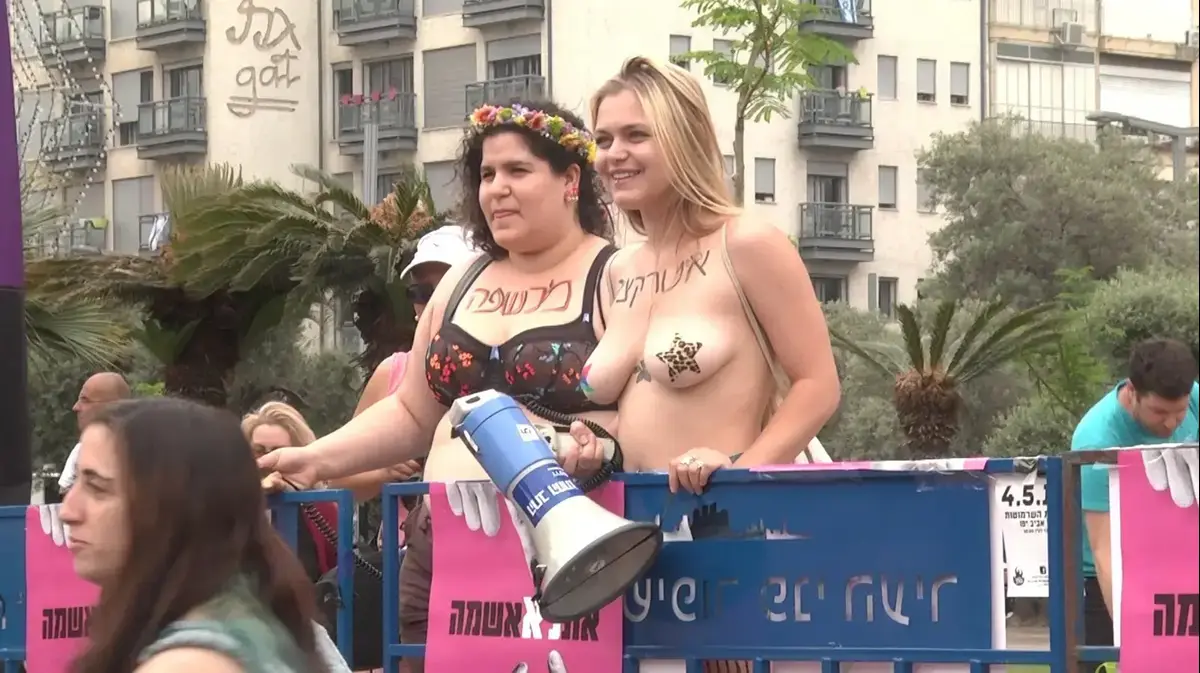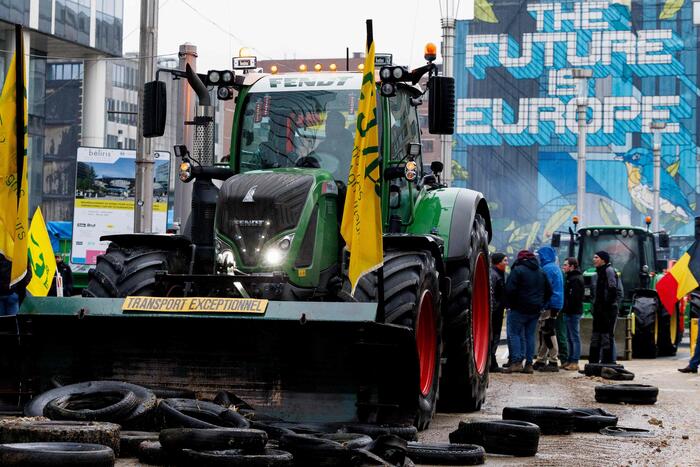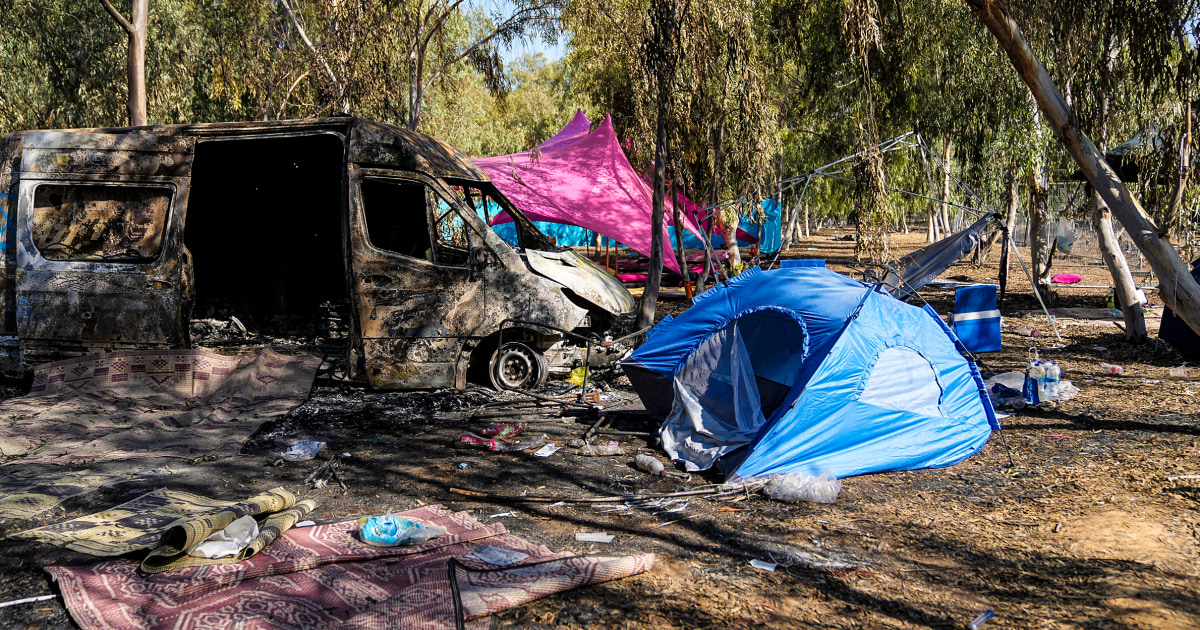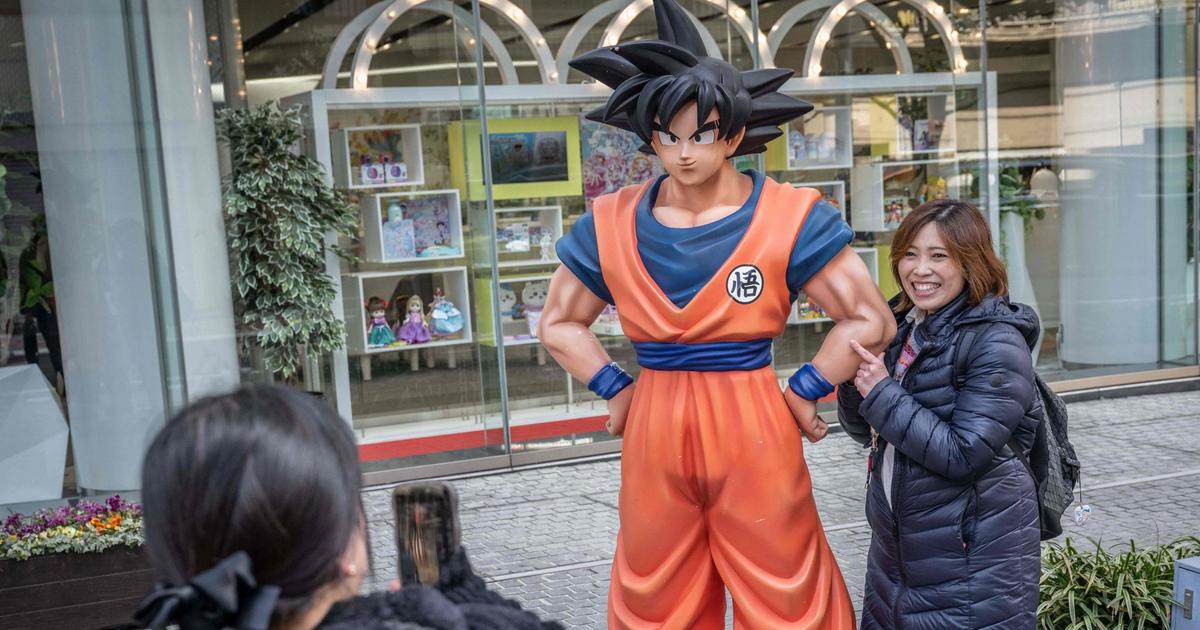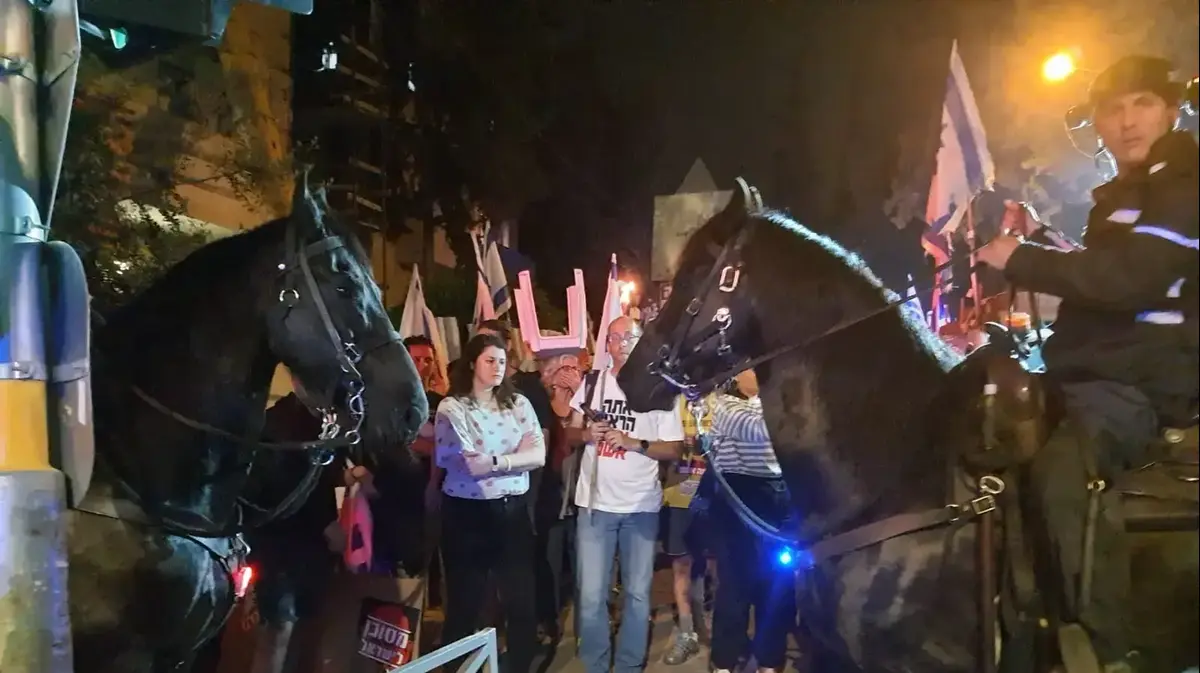ShutterStock
Nudity, fires and bombs: the violence in the successful women's protests
The hijab riots that erupted due to the killing of 22-year-old Mehsa Amini, during an arrest for appearing in public in an improper hijab, took a heavy toll in a short time.
Let's remember other female protests, those that managed to make a fundamental change in our lives
Hagar Ashtar
09/29/2022
09/29/2022
Share on Facebook
Share on WhatsApp
Share on Twitter
Share by email
Share in general
Comments
Comments
On video: Riots in Iran following the death of the young woman, 22-year-old Mehsa Amini, who "negligently wore a hijab" (Meerkat Walla!)
There is no doubt that the women of Iran have something to protest about, in fact there is no doubt that every citizen in Iran has something to protest about.
If we look at the hijab and the strict modesty laws imposed on Iranian women, which are disproportionately and brutally enforced, as in the case of Mahsa Amini, the young woman who was arrested for "sloppy" wearing of the hijab and killed during her arrest, the case that started the riots, this is only the tip of the iceberg .
We can name a few more problems in the Iranian authorities, among them: disproportionate punishment, punishment of minors, punishment for homosexuality, structured discrimination on religious grounds, exclusion of women, denial of basic rights from women, and in all this also persecution of journalists, reduction of freedom of speech and expression, and there is more .
In short, not fun in Iran.
And yet, what has been mentioned in the headlines in the context of the protests and riots is precisely the hijab.
Although it is clear that the riots are not about the hijab itself, but that the hijab is only a symbol of oppression, cruelty and injustice.
Taking off the hijab and burning it, standing in front of the morality police with exposed hair and exposed face, and even cutting the hair - these are all different acts that were photographed, documented and distributed from the protest taking place in Iran.
The hijab has become the main symbol of the protest, and this is not the first time this has happened.
Slut Parade, Tel Aviv (Photo: Reuven Castro)
When no one can control women's thoughts, looks, speech and sexual choices (hopefully), they go for the easier thing: telling them what to wear.
And so many struggles are waged precisely in this arena.
It begins, of course, with the burning of bras, the most famous myth in the context of feminist protests.
Everywhere there are expectations, demands and restrictions around women's clothing, and in response they fight for their freedom.
In Israel too, women fight for the freedom to wear what they want, whether in the "March of the Sluts", which started in Canada and is held every year in Tel Aviv, whether in the "trousers protest" of girls over unequal enforcement of the dress code in schools, or in debates The networks are passionate about whether it is appropriate for Aden Ben Zaken, as a mother, to wear a bikini or not.
Either way, in more advanced, less advanced, or not advanced countries at all, women's clothing will be a subject of discussion and small or large riots.
As a reminder of the existence of women who suffer from oppression, and as a sign of sympathy towards the women of Iran - the following are the significant events of female protest recorded in the pages of history and which brought positive results for the women and for society as a whole in the place and time they occurred:
More in Walla!
Get in the car and let's go: 5 recommendations for easy itineraries with children
In collaboration with Dacia
The hijab riots in Iran (photo: screenshot, Twitter)
1789, the women's march on Versailles
On October 5, 1789, a group of women marched with drums in the market in Paris as a protest against bread prices.
A small protest that developed into one of the most prominent events in the French Revolution.
Slowly more women and men joined them, armed with kitchen blades and other improvised weapons, and even some cannons.
The crowd grew and reached about 6-7 thousand people, who started the march to Versailles that lasted 6 hours, in protest of the economic situation.
There the crowd besieged the palace of Louis XVI, and after several riots, they finally managed to return the king to Paris.
What started with a number of women in the market, became a significant step in the revolution.
1857, the first organized women's protest
On March 8, 1857, hundreds of workers in textile and clothing factories in New York went on strike to protest their employment conditions.
This was one of the first times in history that working women organized protest action.
It was decided to commemorate this first and courageous strike through International Women's Day, which is celebrated every year on March 8, and not by chance.
1912, the struggle of the suffragists for the right to vote for women
The suffragists are a women's movement that operated in the United States and Great Britain with the aim of obtaining the right to vote for women from the beginning of the 20th century. In the first stage, they would break out and disrupt political conferences and ask the speakers about the right to vote for women. In 1911, the prime minister at the time promised them that he would pass a bill on the subject This is in exchange for silence on their part. When he did not keep his promise, they started riots and the struggle picked up a gear: in March 1912, they began sabotaging the government offices in London and rumors spread about bombs planted throughout the city. Many of them were banned at this point and he even went on a hunger strike in prison, all to make as many headlines as possible and promote the right to vote for women. Finally the struggle was successful and already in the same decade the right to vote for women began to gradually enter.
The day after Mehsa Amini's death (Photo: Reuters)
1968, the burning of bras
The most famous myth in the context of feminist protests: In November 1968, outside the "Miss America" beauty pageant in Atlantic City, a women's demonstration took place against the model of beauty and the expectations for women to be beautiful, only beautiful and always beautiful.
There the women were asked to throw into the "Freedom trash can" anything that they feel is binding them.
Bras, corsets, heels, magazines and more were thrown there.
Lots of clothing items.
Although there is no record that this tin was set on fire in that event, we cannot let that spoil the myth for us.
Since then, many other bras have been burned in various places around the world as a female protest against oppression and social expectations of women.
You go girls!
1970, the women's protest in the USA
On August 26, 1970, a protest began that included extensive women's strikes in the US. About 50,000 women blocked major traffic routes in New York and other cities, in addition, the women's strikes shut down the education system, the American military, labor unions, universities, etc. They demanded access For health services, fight against violence against women, legal equality, equal rights for the LGBTQ community and economic justice.
The protest was successful, and following it in 1971 the first regulation was passed for the establishment of day care centers for children, and in 1972 a regulation was passed prohibiting discrimination against women in workplaces and universities.
1975, Good Friday
October 24, 1975 was called "Long Friday" after 90% of Icelandic women went on strike.
They did not come to work, nor did they stay to do the housework or look after the children.
This was in protest of discrimination in the employment market, which was manifested in the fact that a woman's salary in Iceland was about 60% of the salary accepted for a man in the same profession.
They challenged the notion that men's work is what drives the economy, and proved it by demonstrating that Friday in the capital city, leaving their jobs unmanned and their husbands to deal with the work and the children.
Many men had to take their children with them to work, and together with the lack of many female workers, many workplaces could not cope and the economy collapsed.
Although the wage gap has not been completely closed since then, the year after the struggle, the Icelandic parliament passed a law enshrining equality between women and men in the Icelandic constitution.
2003, the women of Liberia
Another historic women's protest that was successful is the women's protest in Liberia in 2003, which put an end to the second civil war in Liberia that began in 1999.
Liberian women founded an organization called "Liberian Women Want Peace Now", the purpose of the organization was to stop the fighting and the bloodshed.
The members of the movement were mainly organized around their identity as women, sisters, mothers and wives, and on the basis of this common denominator they established a movement that crosses sectors and religions.
They organized demonstrations and also promoted peace processes from within, using their non-threatening image as a women's movement to gain access to fighters, government officials and politicians holding key positions.
They also managed to reach key people through their relatives, so for example they sent the mother of one of the rebel leaders to ask him to end the fighting.
Inspiring women who spare no effort to bring about change in the world.
2016, Polish Women Against Abortion Ban
On October 3, 2016, the women of Poland won the fight against a bill banning abortions comprehensively (except in cases where the mother's life is at risk).
As part of the protest, about 143 demonstrations took place across Poland and a women's strike was organized.
With approximately 98,000 demonstrators on the peak day of the struggle, it was the largest protest in favor of allowing abortion in Poland ever, and it caused a change in the government's attitude to the issue.
At the beginning of the struggle, disparaging statements were recorded towards the protesters, but that day played the cards and caused the government in Poland to wake up.
They shot down the proposal with a majority of 352 opposed to 58 in favor, shortening a legislative process that usually takes months to just two days.
If it is possible - everything is possible.
2020, the legalization of abortion in Argentina
On December 30, 2020, the law was approved in Argentina that allows abortions even up to the 14th week of pregnancy and not only in cases of danger to the mother's life or pregnancy as a result of rape.
This did not happen by chance, in those years the feminist movement in Argentina accelerated the struggle by demonstrations and strikes and bringing the demands of the legislation to the political institutions.
2022, the hijab protest
On September 16, 2022, a young woman named Mehsa Amini, who was arrested by the moral police in Iran for "sloppy hijab wearing", died in custody.
As a protest against the disproportionality and brutality practiced by the morality police, riots began that day in Iran, in which women burned their hijabs and danced with their heads and hair uncovered.
The protest took a heavy toll on the soul and aroused public opinion outside of Iran, who expressed support for Iranian women and their struggle.
We are with them.
Sheee
Sheee-tok
Tags
women
protest
Iran
riots

